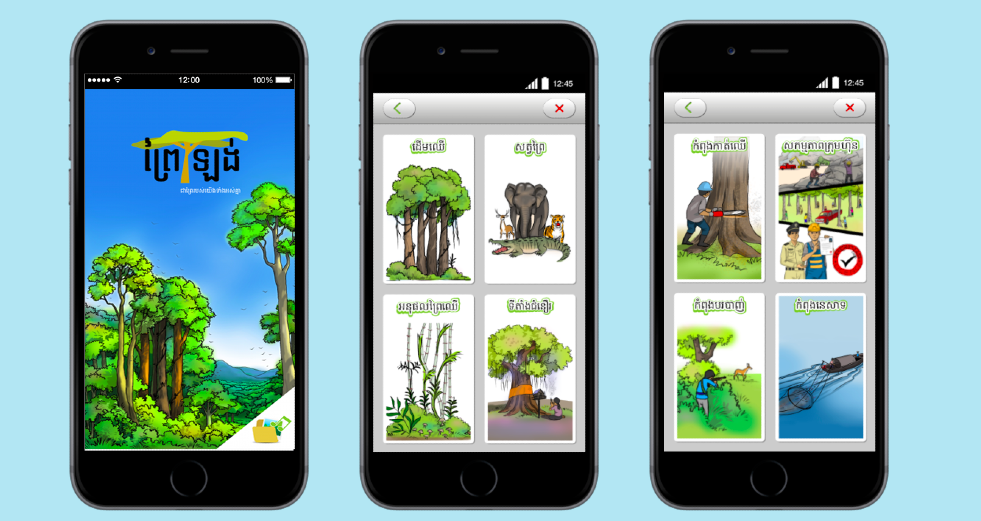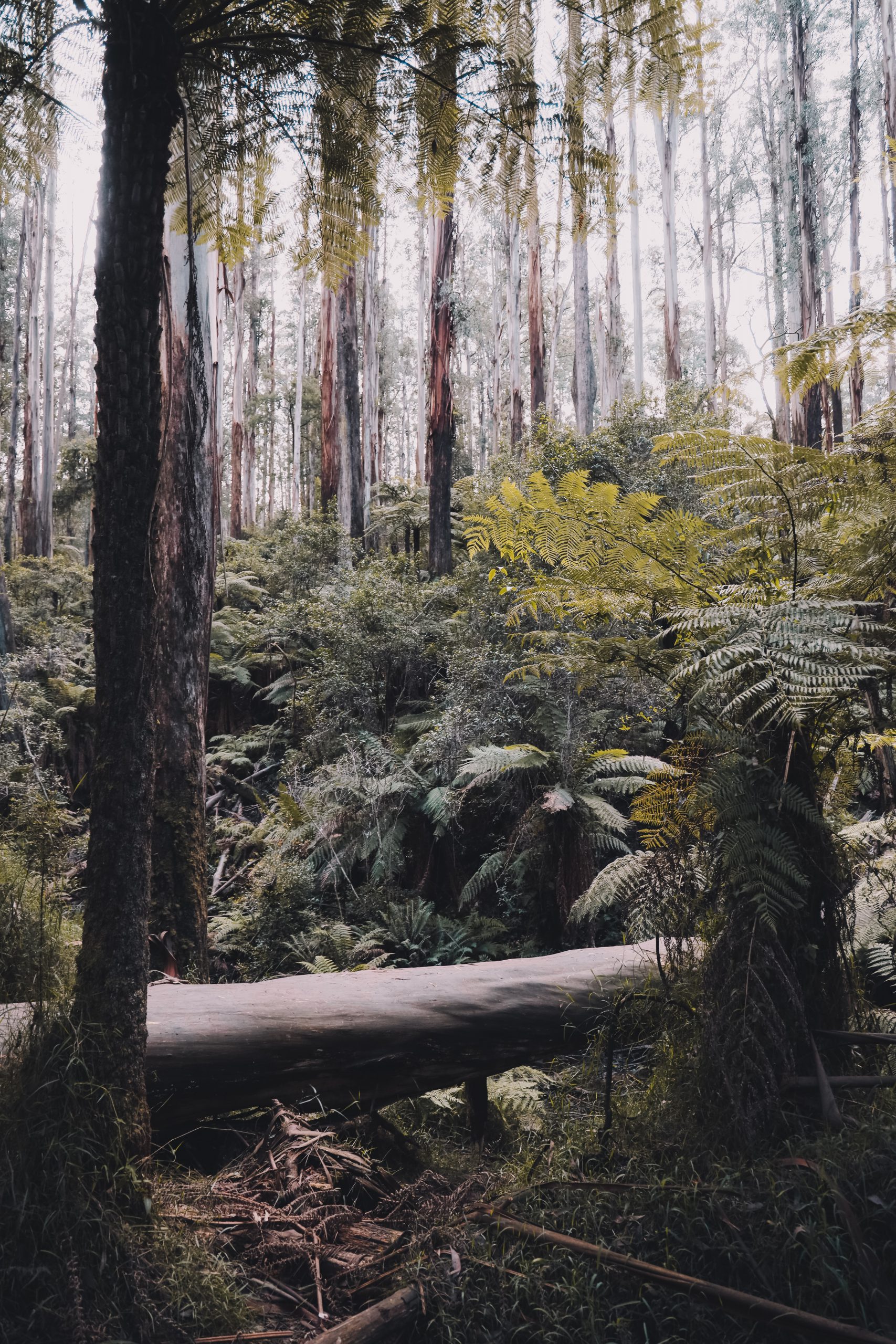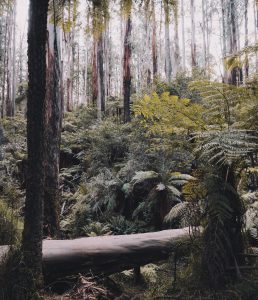The Prey Lang Community Network (PLCN), is an alliance of Indigenous communities mainly composed of the Kuy people. Their aim is to protect the Prey Lang Forest, which covers approximately 500,000 ha in four provinces of northern Cambodia. To help their work with monitoring and reporting the ongoing and widespread illegal logging in the area, a smartphone app has been developed: The Prey Lang App.
During my internship at IWGIA in the spring of 2020, Ida Theilade was appointed as new Board Chair for the organisation. I was given the task to post a description of her and her work on the website and was in that way introduced to this inspiring project. From the initiation phase this initiative has been in close partnership and collaboration with local network of Indigenous people and activist, in co-operation with a Cambodian IT company, and supported by students of University of Copenhagen and Danmission.
The function of the app is aimed to enable the local network of patrollers to better monitor illegal logging activities. Also to collect data for natural resources/preservation in the Prey Lang forest. Another important function is to monitor and report interaction they have with authorities, as it can be a very dangerous and even life-threatening endeavour to safeguard the forest. Killings, harassments and attempted murders of patrollers and Indigenous environmental defenders are continuously being reported from the area.

How can it help?
By increasing local ownership and responsibility it acclaimed to supports a bottom up approach that fosters sustainable monitoring independent of donor funding. According to Web-Essentials and a UNDP report, some functions and positive outcomes of the project are that it:
- Delivers Reliable Data: Data collected by the app is used in reports to prove that deforestation is increasing. Examples include the number of chainsaws confiscated, loggers’ means of transport and the percentage of land cleared.
(Used for reports of the high levels of forestry crimes communicated in news media)
- Enables Faster Action: The combination of mobile and worldwide accessible web app database decreases the time elapsed between observation, publication and preventative action taken.
- Increases Patrol Effectiveness: Hotspots for illegal activity can be identified from anywhere in the world via the web app and targeted by patrols to maximise the impact of resources on the ground
- Reduces Networking Costs: By connecting a rural community to a global network the app lowers the cost of networking for those campaigning for Prey Lang, Preah Rokar in and outside of Cambodia
Challenges
One of the challenge for the IT company was how to design a user-friendly and mobile app, culturally and locally relevant, for villagers who may be illiterate or never used a smartphone. Also to find a way to allow complex categorisation in the simplest way possible because for the collected data to be useful, it has to be specific.
A research paper on the project from 2018 suggest that yes, even if the local communities (with little formal education) are now enabled to monitor forest crimes cost-effectively using ICT. However, a main challenge with the project regards the maintenance of software/hardware and the digital data validation process, which continuously requires external support. This may compromise the self-sufficient usage of the tool for the local community and in turn the long-term sustainability of the ICT-project.
Another, more pragmatic, challenge for the members of PLCN mentioned in the report is having access to electricity, getting signal and connection Wi-Fi in order to be able to upload the gathered data before having their phones memory storage full.
Indigenous rights = environmentalism?
UNDP wrote in 2017 a blogpost called “Celebrating indigenous peoples as nature’s stewards” asserting that Indigenous peoples act as effective stewards of our planets most biodiverse areas. As we have heard, the Amazons might be “the lungs of the world” but it is also the home to many Indigenous people and nationalities. Another conundrum (first one to be found in my previous blogpost) regarding Indigenous People in our world, is that they are the most vulnerable to clime change, as they often live close to nature, and yet the least responsible, as they, again, often live in close symbiosis with nature. Of course, this is a generalisation, but it may provide some food for thought.
Worth mentioning is that I, amongst others, do tend to be a bit cautions and keep a close eyes on expressions proposing Indigenous People the role of protecting our forests, as it might inflict stereotypical representation.
Other monitoring initiatives
Also worth mentioning are these two other innovative monitoring initiatives including Indigenous People and protected area management:
- The Rainforest Foundation and the Organization of Indigenous Peoples Eastern Amazon (ORPIO) have in a cooperation developed a program for monitoring deforestation in the Amazon using satellite imagery, inexpensive remote-controlled drones, and GPS enabled smartphones.
- The Indigenous Mapping Workshop is a Canadian annual initiative aimed to provide technical training on mapping tools (Google, QGIS, ESRI) so participants can collect, manage, share, and publish their own map data.
References
– Brofeldt, S., Argyriou, D., Turreira-García, N., Meilby, H., Danielsen, F., & Theilade, I. (2018). Community-Based Monitoring of Tropical Forest Crimes and Forest Resources Using Information and Communication Technology – Experiences from Prey Lang, Cambodia. Citizen Science: Theory and Practice, 3(2), 4. DOI: http://doi.org/10.5334/cstp.1
– United Nations Development Programme. 2018. Prey Lang Community Network (PLCN), Cambodia. Equator Initiative Case Study Series. New York, NY.


